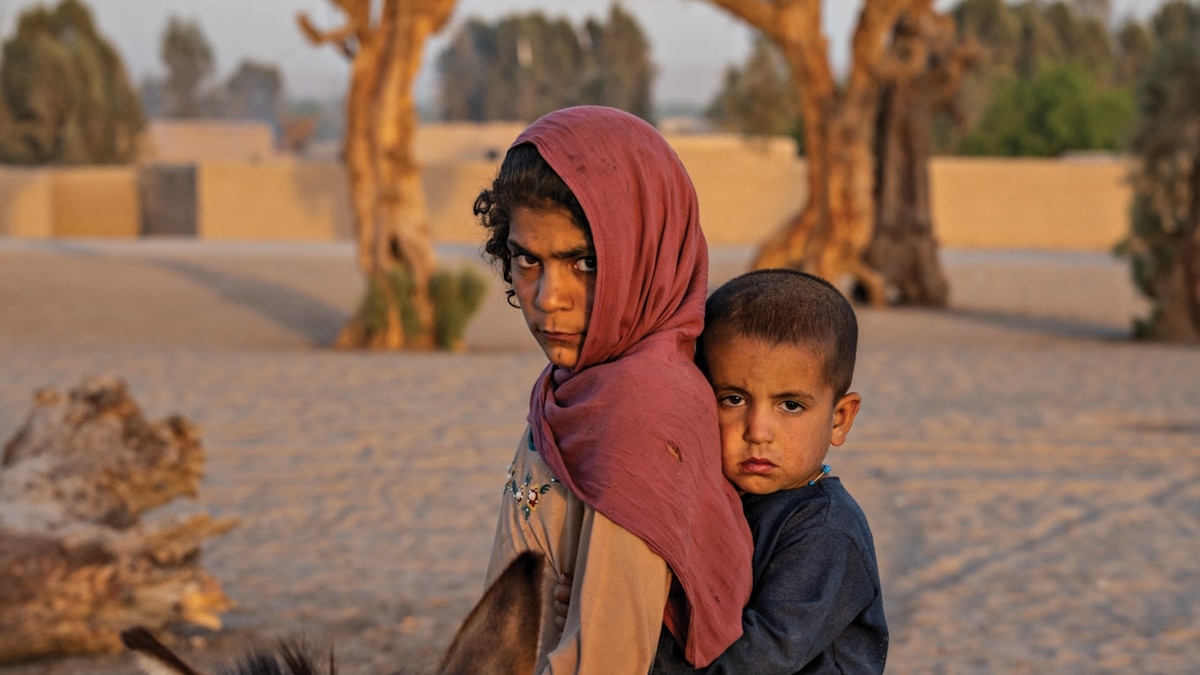
We’re free at last from the crush of Kabul morning traffic, and the map on my smartphone estimates it’ll take nine hours to drive 300 miles to Kandahar on National Highway 1, the most expensive and important road in Afghanistan.
The United States poured hundreds of millions of dollars into this stretch of asphalt—one leg of a 1,400-mile ring road that circles the country—to speed travel and boost commerce between the nation’s capital and its second largest city. But it would be foolish to make dinner plans in Kandahar.
The highway was first built in the 1950s and 60s by the Soviet Union and the United States, Cold War rivals jockeying for influence in Kabul. It was ruined by decades of war and neglect, and only about 30 miles of paved road remained in 2001. When the Kabul-to-Kandahar stretch was repaired and reopened in 2003, U.S. envoy Zalmay Khalilzad proclaimed, “We are standing—literally—on the road to Afghanistan’s future … It is a future of prosperity. It is a future of peace.” Nineteen years later, the battered roadway is a bone-rattling testament to the toll of rampant violence and graft that followed instead.

0 Comments :
Post a Comment